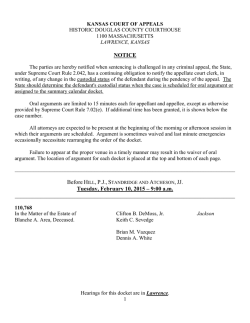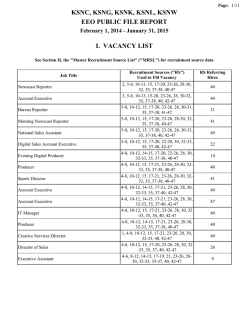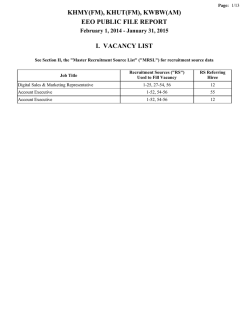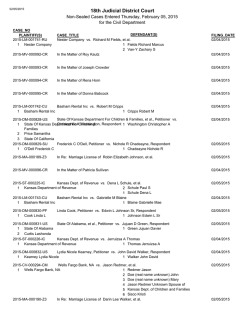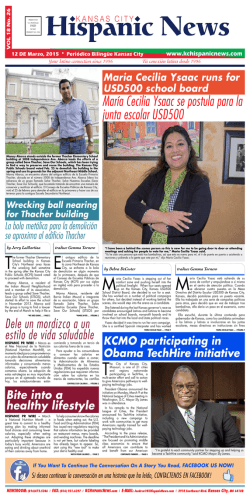
Checklist for Choosing an Effective Injury Prevention Program
Checklist for Choosing an Effective Injury Prevention Program Instructions: Fill in the table below as part of the process of selecting the appropriate injury prevention program for your community. This can be filled out for each program being evaluated, then compared at the point of selection. Program Quality/Selection Process Quality References Allegrante, J., Hanson, D., Sleet, D., & Marks, R. (2010). Ecological approaches to the prevention of unintentional injuries. Italian Journal of Public Health ‒ Year 8, 7(2),24-‐31. Centers for Disease Control and Prevention.(2010). Community Health Assessment aNd Group Evaluation (CHANGE) Action Guide: Building a foundation of knowledge to prioritize community needs. Atlanta, GA: U.S. Department of Health and Human Services. Fowler, C. (2009). Injury prevention. In K. McQuillan, M. Makic, & E. Whalen (Authors), Trauma nursing: From resuscitation through rehabilitation (4th ed., pp. 67-‐90). St. Louis, MO: Saunders. Klassen, T., MacKay, J., Moher, D., Walker, A., & Jones, A. (2000). Community-‐based injury prevention interventions. The Future of Children/Center for the Future of Children, the David and Lucile Packard Foundation. 10(1), 83-‐110. Nation, M., Crusto, C., Wandersman, A., Kumpfer, K., Seybolt, D., Morrissey-‐Kane, E., & Davino, K. (2003). What works in prevention: Principles of effective prevention programs. American Psychologist, 58(6/7), 449-‐456. University of Kansas, [n.d.]. Community Tool Box, University of Kansas’ Work Group for Community Health and Development. Retrieved from http://ctb.ku.edu/en. Checklist for Choosing an Effective Injury Prevention Program Stakeholders and Injury Prevention Program Team involved in selecting/reviewing programs Community involvement throughout program planning and implementation is possible and will be achieved The program is a close match to the results from the needs assessment The program is comprised of theory-‐driven components Components are multifactorial (Involve more than one of the following: Law enforcement/enactment, economic incentives, education, environment alterations, and/or engineering strategies) Teaching methods are varied and hands-‐on, and incorporate skills learning The “dose” of time that participants are exposed to the intervention is sufficient to produce the desired outcomes Program implementation instructions are clearly defined The program has been evaluated and has produced the desired outcomes The community is ready to accept and embrace the injury prevention program The program has political support (from elected officials as well as administrative positions in participating organizations) A cost-‐benefit analysis reveals that the program is within your budget and should produce the level of beneficial outcomes expected Your department has sufficient resources and staff to complete this program Your staff on hand is able to meet the training requirements for this program The timing of the implementation of this program is a match for the community’s needs (e.g., a boating safety program would be more effective in the summer than winter) The program has strong potential to be durable and sustainable within the community Evaluation is integrated into each step of the program Results of the program evaluation will be made available for others to use The predicted outcomes include a change in social norms Exists in our program/ the program selection process
© Copyright 2025
